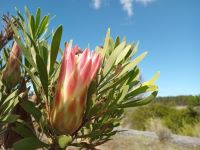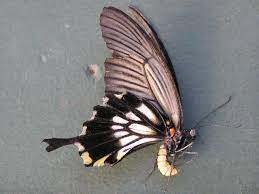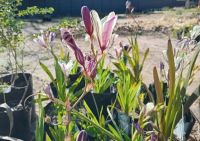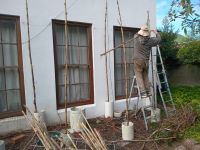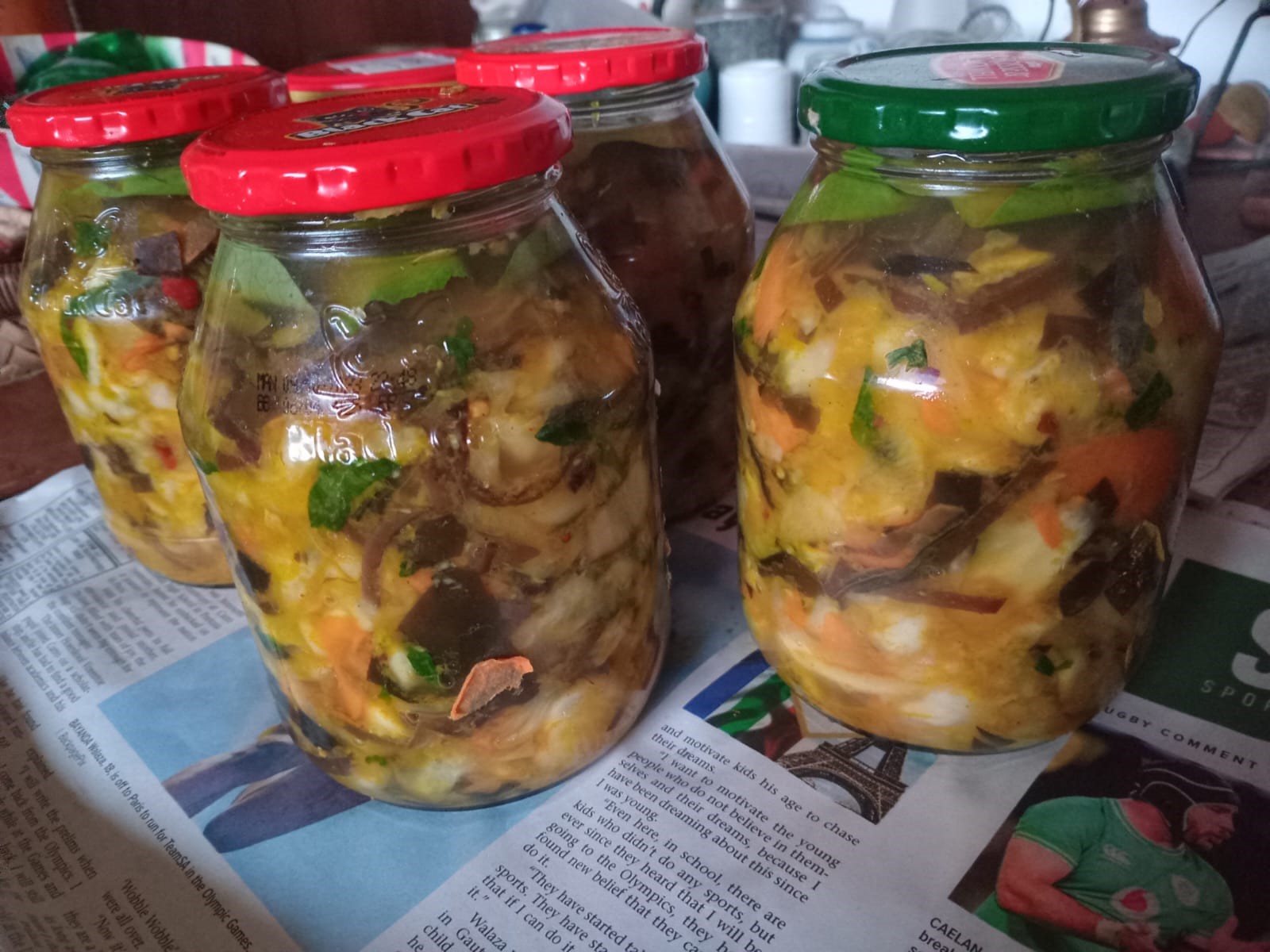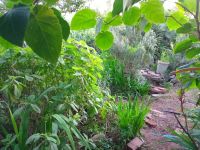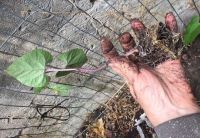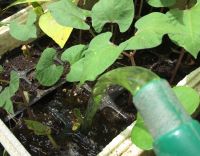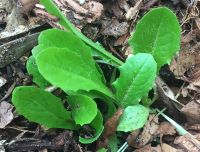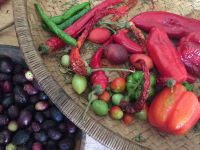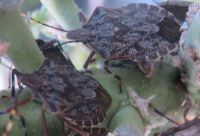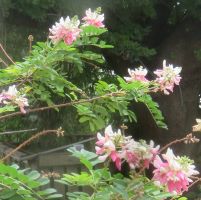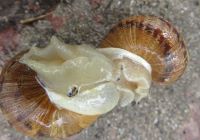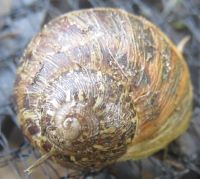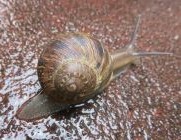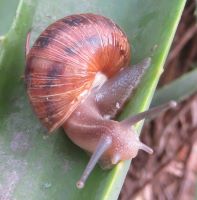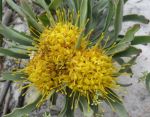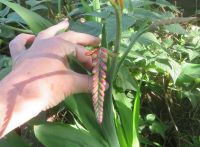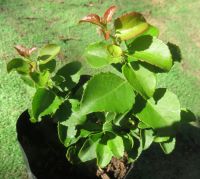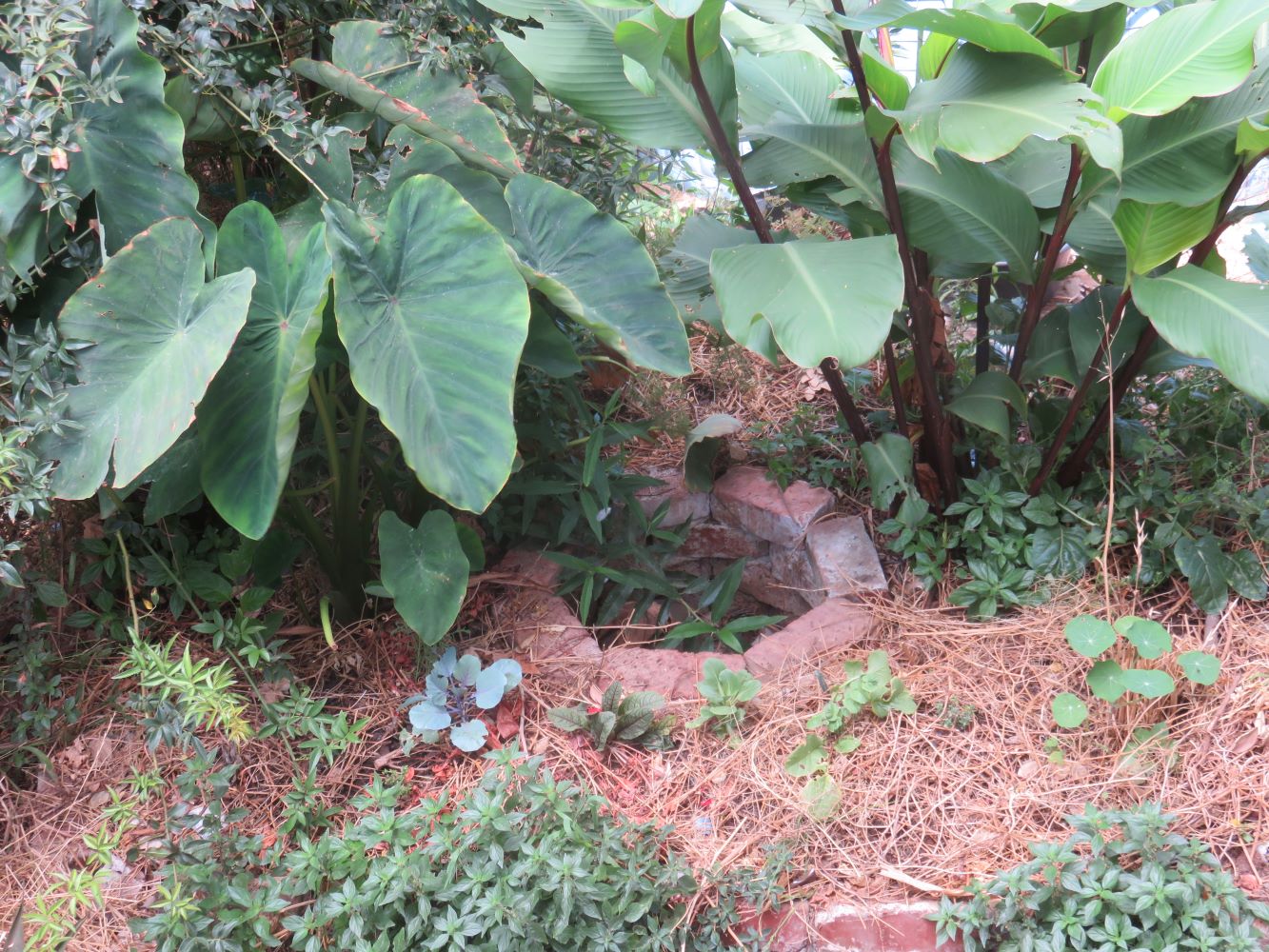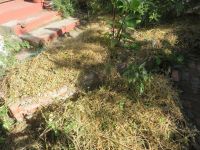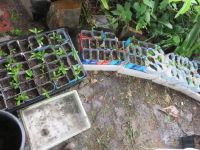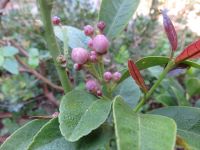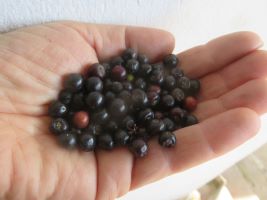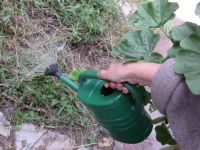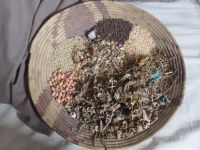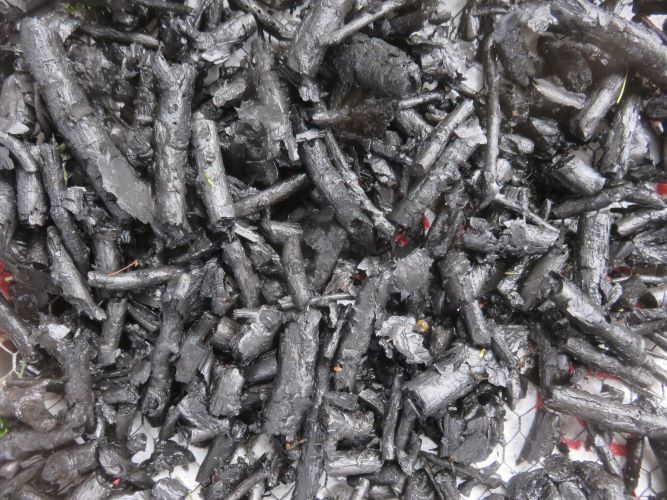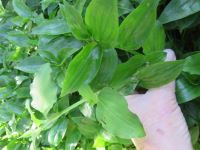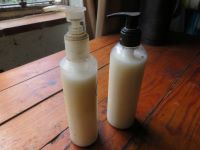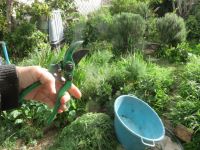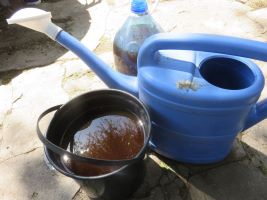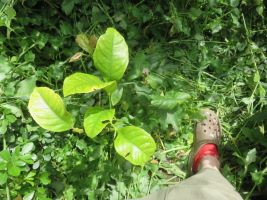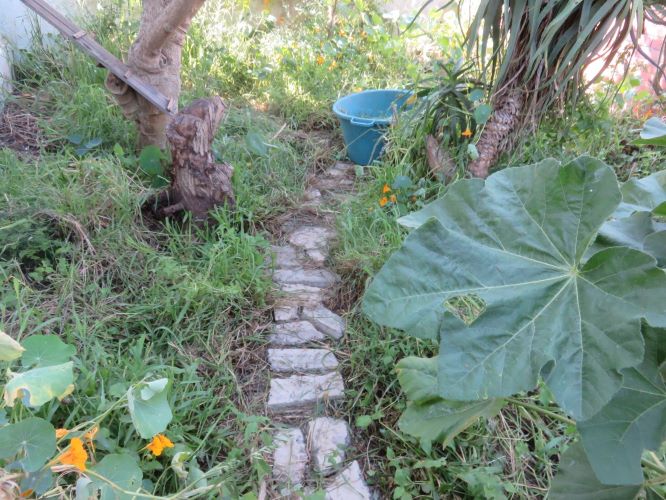Dear Reader, in this age of AI created content, please support with your goodwill someone who works harder to provide the human-made. Sign up at the top of the lefthand column or bottom of this page. You will receive my hand illustrated monthly newsletter RESTORE NATURE and access to the biodiversity garden design course as I write...and nothing else, I respect your time. I am also removing the advertizing as best I can as its become intrusive inappropriate and pays me nothing.
Garden for life:
a blog about how to grow biodiversity AND food, regenerate soil and use native plants.
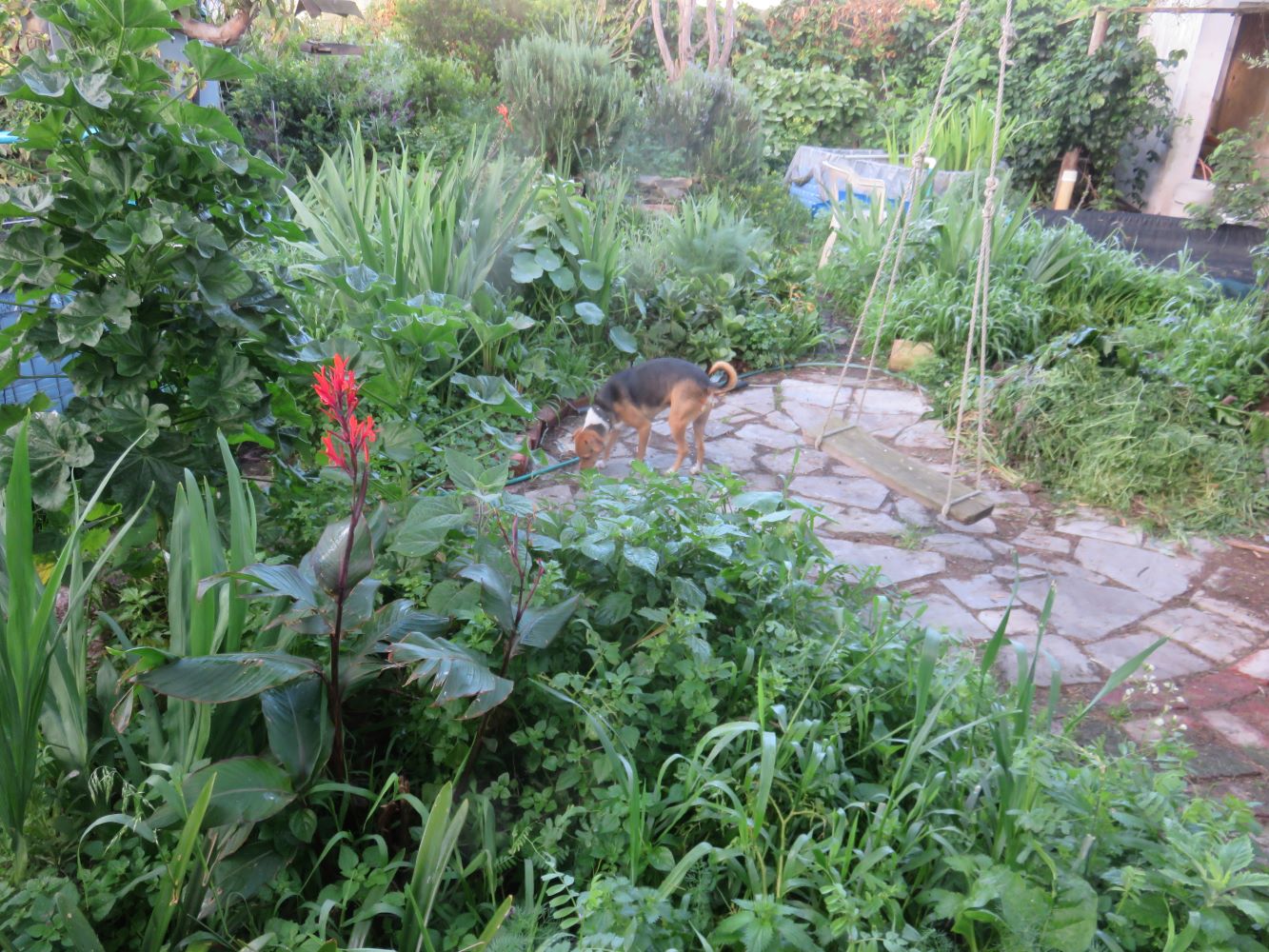 garden for life 8 months into a soil regeneration experiment
garden for life 8 months into a soil regeneration experimentGarden for life, both human and other.
This blog called garden for life is about integrating food growing and biodiversity. This is done using indigenous plants and creating diverse soil regimes. It means that I apply regenerative techniques to create soil high in nutrients and organic material for growing exotic vegetables. But I also apply judicious neglect to create zones with fewer inputs where native plants can thrive. The use of organic or regenerative growing methods gives nutrient dense food but also helps build soil that sequesters carbon and helps restore our local small hydrological cycles. Growing indigenous food also gives greater nutrient quality and supports biodiversity.
I go through my gardening experiences using shorter than usual articles in nice bite sized pieces. I enjoy writing long articles that the search engines love, but not everyone likes to read a lot, so the blog is for my more telegraphic and frequent communication.
Indigenous plants are of wilder stock and often far more nutrient dense due to their lack of breeding. The greatest diversity of native flowering plants is found in poor soil, as they are out competed by the vigorous plants one finds in rich soil, and this is true world wide. However in the Fynbos region of the Cape this is even more true. We have very ancient leached sands that consist of almost pure silica. Plants adapted to this exceptionally low nutrient environment are not only outcompeted in rich soils, some of them will die when their roots take up too many nutrients. You can kill proteas with Nitrogen fertilizers as my sister will attest.
When you garden for life, soil is the foundation.
So our soils are famously depleted, and regenerative techniques for creating nutrient and organic rich soil are not good for biodiversity in this region. But most of our food plants are exotic and require a nutrient status much higher than local soils can offer. The solutions is to learn how to eat native food plants, and to separate the soil regimes into different zones. I create high input zones for the exotic vegetables in what permaculture calls zone 1. I have many articles on this part of my garden and the regenerative gardening theme, but there is also an art blog that links to my designs. You will also find a general blog including all the writing on art and gardening on this website, which is generated automatically by this platform.
Below you will find what I've written about boosting biodiversity and gardening against extinction, some elements of regenerative gardening, the 4 regenerative questions series, and below that the 'how to' series with 12 simple tips for regenerative gardening. These 12 tips were the first project for the regenerative gardening blog, a series of articles designed to make it really easy to do regenerative gardening, one task at a time. This comes in response to a demand for simple and practical suggestions, tips and activities. I wrote a polemical article titled poly-regeneration, but based on the reaction, I see that many people prefer practical solutions on how to do it, rather than theory.
Tap on the green text in each entry to go straight to the blog posts. The practical, how to series sometimes duplicates some topics I've written on in greater depth, so I will link you to those topics as we go.
Gardening against extinction
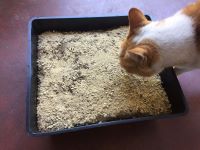 Kitty.. Its a seed tray !
Kitty.. Its a seed tray !Workshops and organizations furthering biodiversity in Cape Town.
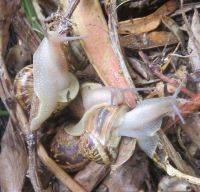 what do snails do
what do snails doThe benefits of snails. What are they really doing in your garden ?
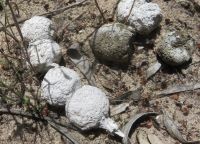 Cape flats mammals
Cape flats mammalsLearning about small secretive mammals and more in the Cape Flats Nature Reserve.
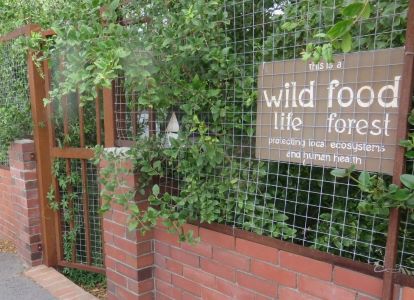 Garden for wildlife
Garden for wildlifeGrow against extinction ! Garden for wildlife using native food plants.
Elements of regenerative gardening
4 Regenerative questions
12 Simple steps to a regenerative garden :
------
Restore Nature Newsletter
I've been writing for four years now and I would love to hear from you
Please let me know if you have any questions, comments or stories to share on gardening, permaculture, regenerative agriculture, food forests, natural gardening, do nothing gardening, observations about pests and diseases, foraging, dealing with and using weeds constructively, composting and going offgrid.
SEARCH
Order the Kindle E-book for the SPECIAL PRICE of only
Prices valid till 30.09.2023
Recent Articles
-
garden for life is a blog about saving the earth one garden at a time
Apr 18, 25 01:18 PM
The garden for life blog has short articles on gardening for biodiversity with native plants and regenerating soil for climate amelioration and nutritious food -
Cape Flats Sand Fynbos, Cape Town's most endangered native vegetation!
Apr 18, 25 10:36 AM
Cape Flats Sand Fynbos, a vegetation type found in the super diverse Cape Fynbos region is threatened by Cape Town's urban development and invasive alien plants -
Geography Research Task
Jan 31, 25 11:37 PM
To whom it may concern My name is Tanyaradzwa Madziwa and I am a matric student at Springfield Convent School. As part of our geography syllabus for this
"How to start a profitable worm business on a shoestring budget
Order a printed copy from "Amazon" at the SPECIAL PRICE of only
or a digital version from the "Kindle" store at the SPECIAL PRICE of only
Prices valid till 30.09.2023
